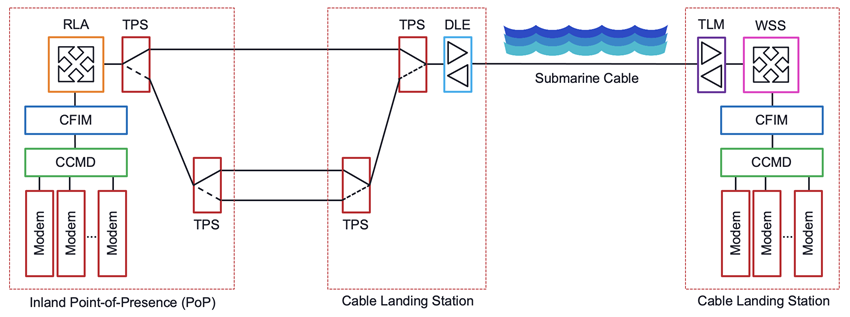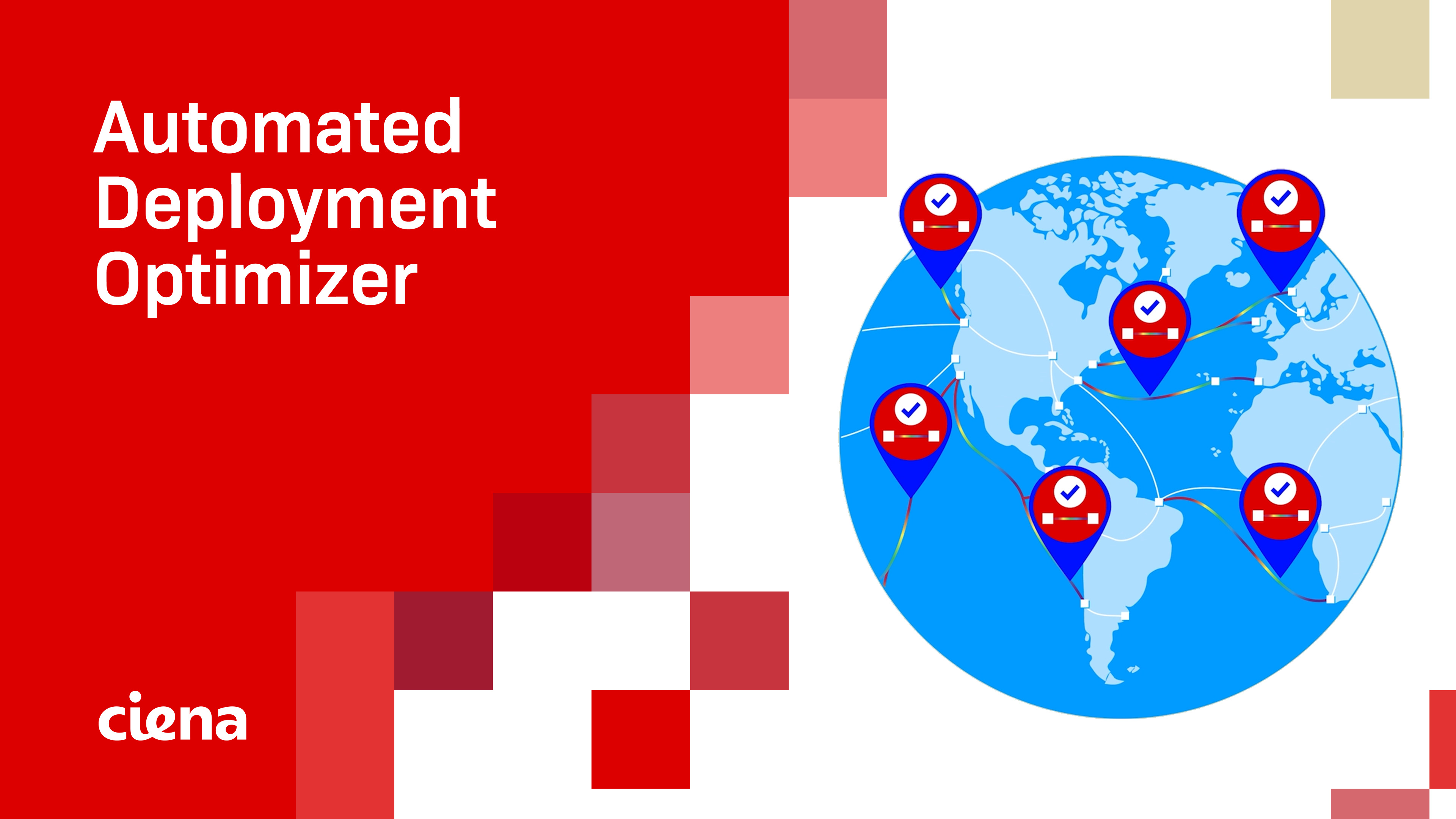Don’t let your terrestrial backhaul be the weakest link
A while ago, I wrote a blog entitled “All dressed up, and nowhere to go” that discussed the importance of submarine cable operators partnering with the right terrestrial network operators, which provide the terrestrial backhaul network necessary to complete the end-to-end service path. Submarine cable operators must choose terrestrial backhaul operators that provide the right connectivity to the right inland location, like a data center or central office, at the right price, capacity, and availability.
Although all three of these criteria are important when selecting a terrestrial backhaul network operator to partner with, in this blog, we’re going to focus on the availability criterion, as there are multiple ways to protect the terrestrial backhaul routes.
How much insurance do you need?
When it comes to protecting the backhaul network paths, the decision is like buying insurance. Most people purchase what they can afford and not always what they want or need. Many assume risk by thinking, “it won’t happen to me” – until it does. You cannot buy more insurance than you can afford, but you can look at the fine print to ensure that you’re getting the best insurance that fits within your financial means.
The same holds true for protecting terrestrial backhaul paths from the Cable Landing Station (CLS) to the inland data center or central office. The negative impact of an outage on a corporate brand applies to both the terrestrial backhaul network operator and the submarine cable operator. Regardless of what operator is selling connectivity to end-users or to each other via wholesale services, outages are bad for everyone.
So, how can we minimize the impact of outages? By choosing a proper network architecture that has built-in redundancy that proactively considers inevitable terrestrial network faults, especially in geographies where sending field technicians to repair faults is difficult and can lead to major delays.
An increasing number of enterprises are looking at the details of the network and incorporating the risks into their disaster recovery and business continuity plans. Details such as where the fiber routes are, if there are multiple paths in the same conduit, do multiple paths share a single point of equipment failure, and so on are examined. It’s the latter that we’ll focus on in this blog.
One way
Let’s review the network architecture below. At first glance, it seems to illustrate multiple, diverse terrestrial backhaul paths, but look more closely. This solution relies on broadcasting the signal over multiple paths from a single optical amplifier and introduces optical power safety concerns, link budget constraints, and manual path equalization operational procedures that tend to be error-prone. This type of terrestrial backhaul protection architecture offers some protection at a potentially reduced cost, but there are better, cost-effective architectures available that ensure far better network resiliency and availability.

Figure 1: Simple, less reliable terrestrial backhaul protection configuration
Better way
Ciena’s solution, based on our Reconfigurable Line System (RLS), places optical amplifiers after the trunk switching location to avoid the optical safety constraints via the ability to perform optical shutoff on a per-path basis in the event of a fiber cut. In addition, this configuration allows for the network to scale and support the use of intermediate line amp sites, as well as the use of Raman amplification, when required. These additions to the basic solution provide a far more resilient and reliable solution resulting in increased end-to-end network availability. Additionally, embedded intelligence in the RLS-based solution ensures a deterministic result in the case of any fault for a repeatable solution, with no surprises to end-users.

Figure 2: Better, more reliable terrestrial backhaul protection configuration
"Active monitoring of span loss change allows for compensation via amplifier gain adjustment. Further detection of a repair being complete allow surveillance via on board Optical Time Domain Reflectometer (OTDR) to confirm the repair is of good quality, low loss and low reflection, which is a key feature in re-enabling the span and critical to spans with Raman amplification. These embedded features allow for long-term operation of protection with little Network Operations Center (NOC) intervention after each cut is repaired." - Mark Hinds, Design Architect for Submarine System Solutions at Ciena
Protect submarine and terrestrial network segments
It’s human nature to think that “it can’t happen to me”, until it does, which quickly leads to panic and often preventable situations. In an end-to-end intercontinental network, there is the wet plant, which is undersea, and the dry plant, which is overland. There are numerous groups, organizations, and committees, such as the International Submarine Cable Protection Committee (ICPC), that provide leadership and guidance on issues related to submarine cable security and reliability. However, protecting the submerged wet plant alone is insufficient since, although most of us would like to live and work on the beach where submarine cables make landfall, we live inland. This means that the terrestrial backhaul links must also be protected as well. And given terrestrial networks are more easily accessible, they’re also more easily damaged.
If you’d like to know how to best protect your end-to-end network services across your submarine cable and backhaul segments, contact us for a more detailed discussion. Your customers will thank you.
Acronyms Used:
- OSC Optical Service Channel
- OTDR Optical Time Domain Reflectometer
- PoP Point of Presence
- RLA ROADM with Line Amplifier, OSC, and OTDR
- ROADM Rec Configurable Add-Drop Multiplexer
- SRA Single Line Raman Amp (counter propagating)
- TPS Trunk Protection Switch
- DLE Dual Line Amplifier with Equalizer
- CFIM Compact Fiber Interconnect Module
- TLM Terminal Line Amplifier Module
- WSS Wavelength Selective Switch
- CCMD Colorless Channel Multiplexer-Demultiplexer






